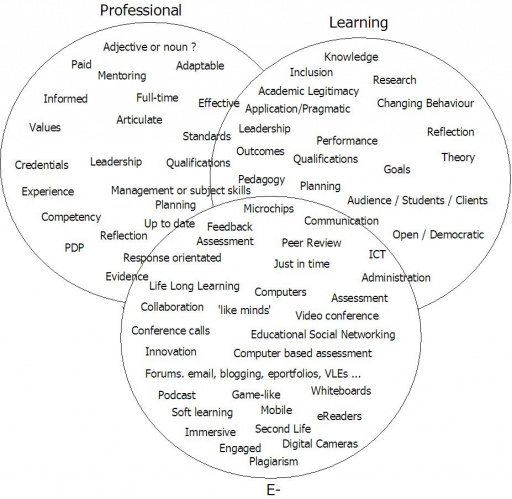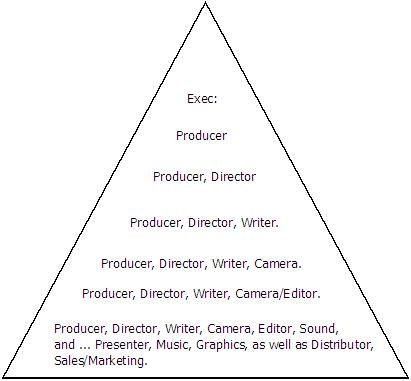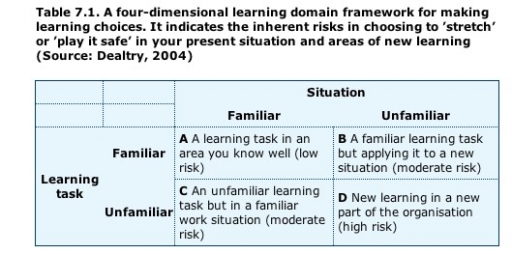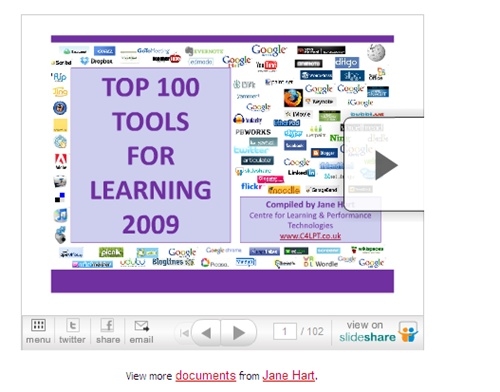Serendipity took me to Space Ed when I had just started H807 ‘Innovations in E-learning.’
Dr Price Kerfoot is an alumni of Balliol College and he was featured in the College Magazine. This Balliol and Harvard trained doctor had considered ways to improve the way in which medical students learn. A great deal must be learnt rote, you have to know your anatomy (to start with). This means dissecting a cadaver, making the information stick, then testing yourself relentlessly so that exams can be passed.
Here is a professional educator using e-technology to solve a problem.
As an innovation in e-learning nothing compares. It may not use second life or 3D animation, but is addresses a learning problem and offers an effective solution – good-bye factoids on Rolodex cards, hello 21st century email and text alerts probing you to answer multi-choice questions correctly. If you get it wrong, you receive the right answer and an explanation. This question will be resent in due course and sent repeatedly until it is self-evident that you now know the correct answer.
I’m signed up for Core Anatomy.
I haven’t a clue but using Google and go into research mode. It is staggering the wealth of visual materials to support learning, beautifully rendered images of the human body, podcasts from doctors, definitions of the terminology with audio so you learn how to pronounce these things. I still get the first couple of questions wrong, but never mind. I understand what the right answer is, I am building a corpus of knowledge that will in time enable me to answer 100 questions rather than only 25.
Give it a go.
Better still, build your own Space Ed programme. The platform is free to use and you are free to offer the results of your endeavour for free … or for a fee.
REFERENCE
TESTING NEW INSTRUCTIONAL METHODS
Interactive Spaced-Education to Teach the Physical Examination:
A Randomized Controlled Trial
B. Price Kerfoot, MD EdM1,2,3, Elizabeth G. Armstrong, PhD2,3, and Patricia N. O’Sullivan, MD3,4





